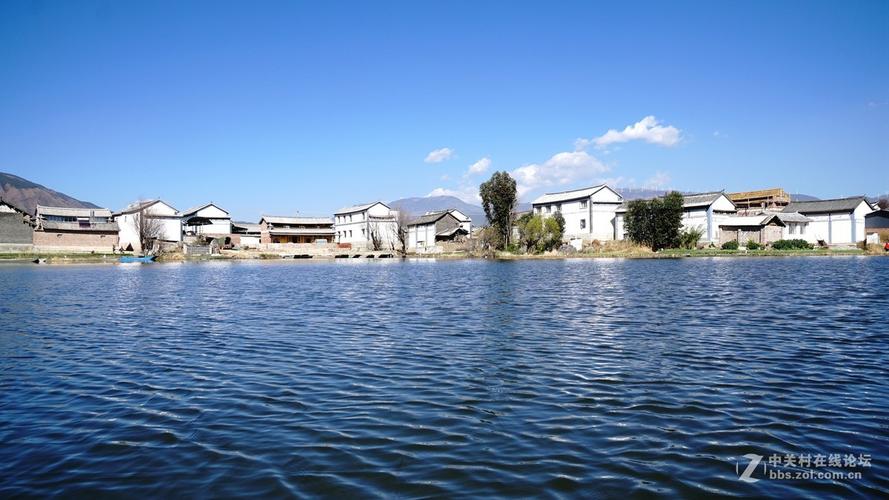Exploring the 7 Stages of Cultural Evolution: Understanding the Past, Present, and Future of Human Societies
Humans are social creatures, and throughout history, they have organized themselves into various forms of societies and communities. Every society goes through a process of cultural evolution, characterized by seven stages, each leading to the next. Understanding these stages of cultural evolution can provide us with insights into how human societies have developed, how they are evolving in the present, and what the future of human societies might look like. In this article, we will explore the seven stages of cultural evolution in detail, with relevant examples and case studies.
Stage 1: Hunting and Gathering Societies
The earliest form of human society was the hunting and gathering society. It began around 2.6 million years ago and lasted until about 12,000 years ago. People in these societies were nomadic, and their subsistence was mainly based on hunting wild animals and gathering wild plants. They lived in small groups of around 30 to 50 individuals and had a basic social structure based on kinship ties. Hunting and gathering societies are still prevalent in some parts of the world today, such as the San people of southern Africa and the Australian Aborigines.
Stage 2: Horticultural Societies
Around 12,000 years ago, humans began to settle down and establish permanent settlements. The invention of agriculture led to the emergence of horticultural societies, which were based on small-scale farming. Horticultural societies were more sedentary than hunting and gathering societies, and their populations grew larger. Social structures became more complex, and people’s roles became more specialized. Horticultural societies lasted until about 200 years ago, when the Industrial Revolution began.
Stage 3: Agrarian Societies
Agrarian societies emerged with the advent of the plow, which allowed for more extensive farming and higher crop yields. The surplus produced by these societies allowed for the development of cities and complex social structures, including hierarchical systems of government, religion, and economics. Agrarian societies lasted until the early 19th century when the Industrial Revolution triggered another shift in human societies.
Stage 4: Industrial Societies
The Industrial Revolution marked the beginning of the Industrial Age, which led to the emergence of industrial societies. The shift from manual labor to mechanization, and the use of energy sources like coal and oil, led to unprecedented economic growth and technological advancements. Industrial societies were characterized by urbanization, mass production, and the proliferation of wage labor. The social structures of industrial societies were marked by class divisions, with a wealthy industrialist class at the top and a working-class at the bottom.
Stage 5: Post-Industrial Societies
In the late 20th century, many societies began to shift away from industrial production to a service-based economy. This led to the emergence of post-industrial societies, which are characterized by a knowledge-based economy, advanced technology, and globalization. Post-industrial societies are more interconnected than ever before, with the rise of communications and transportation technologies. These societies are characterized by a rise in mental labor, a de-emphasis on manual labor, and the proliferation of the service industry.
Stage 6: Biotech Societies
Biotech societies are theoretically a new stage in cultural evolution and are defined by the integration of biology and technology. Biotech societies are characterized by advances in gene editing, synthetic biology, and other forms of biotechnology. Biotech societies have the potential to revolutionize human life in ways that are difficult to predict, ranging from personalized medicine to designer babies.
Stage 7: Transhuman Societies
Transhuman societies are the theoretical endpoint of cultural evolution, characterized by the integration of biology and technology to a degree that human beings themselves are transformed. In a transhuman society, people would be augmented by technology to enhance cognition, sensory experience, and physical capacity. Transhuman societies are still purely theoretical, but the rapid development of artificial intelligence and other advanced technologies make them closer to reality than ever before.
Conclusion
Understanding the stages of cultural evolution helps us to appreciate the progress that human societies have made over time and provides us with insights into the many challenges and opportunities that lie ahead. As we move into the future, the evolution of human societies will continue to be shaped by technological, economic, and social factors. Knowing the stages of cultural evolution can help us anticipate and navigate the changes that lie ahead.
(Note: Do you have knowledge or insights to share? Unlock new opportunities and expand your reach by joining our authors team. Click Registration to join us and share your expertise with our readers.)
Speech tips:
Please note that any statements involving politics will not be approved.
